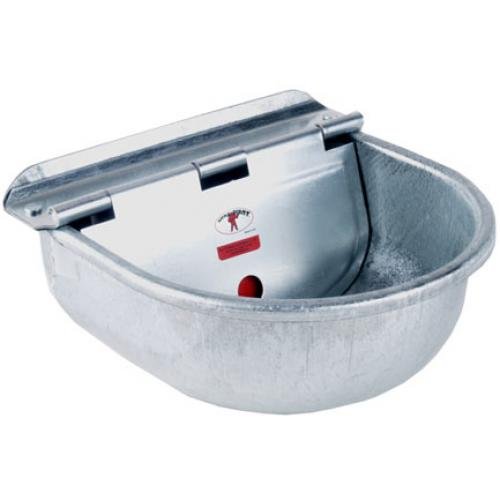Pet Safety: Keeping dogs hydrated during warmer months

Compelling Evidence that an Automatic Dog Watering System is well worth the dough.
A dog's water bowl is really a puddle of stagnant water if you think about it! It is the perfect environment for gathering bacteria and elements that you wouldn't normally give to your dog or puppy. The key to this statement is stagnant.
Every time your dog puts his tongue in the dog water bowl to lap up a bit of water, he leaves behind saliva swarming with bacteria. Since the pet's water bowl normally sits at room temperature for hours, it becomes a great environment for those bacteria to multiply.
Soon, your dog is ingesting bacteria from the water bowl. If you feel slimyness on the sides of the water bowl when cleaning, it means that you have waited too long to clean. The bacteria has multiplied to unsafe levels.
Have you ever seen the inside of your dog's water dish become discolored? A pinkish stain can be rust from your tap water - but it might be a more serious problem - mold. Mold that has been gathered from spores in the air can settle on the water surface, and then sink to the bottom to grow. If you don't give the dog's water bowl a daily washing, you're bound to find mold sooner rather than later.
Finally, do you keep water for your dog outside in his kennel? If the dog water bowl sits there long enough, mosquitoes will lay their eggs on the water's surface where they quickly progress to larvae.
The agitation and water movement that occurs when using an automatic dog water bowl can eliminate many of your problems. Pictured above is the Galvanized Dog Watering Bowl which is one of our favorites. Although no automatic pet watering system is perfect, they will improve the quality of your pet's drinking water and give you the piece of mind that your puppy is safe from nasty bacterias.
You should still expect to clean all nozzles, bowls and receptacles to reduce any possible bacterial build up. In between cleanings you can relax knowing your dog has all the fresh water he needs.
Labels: dog bowl




